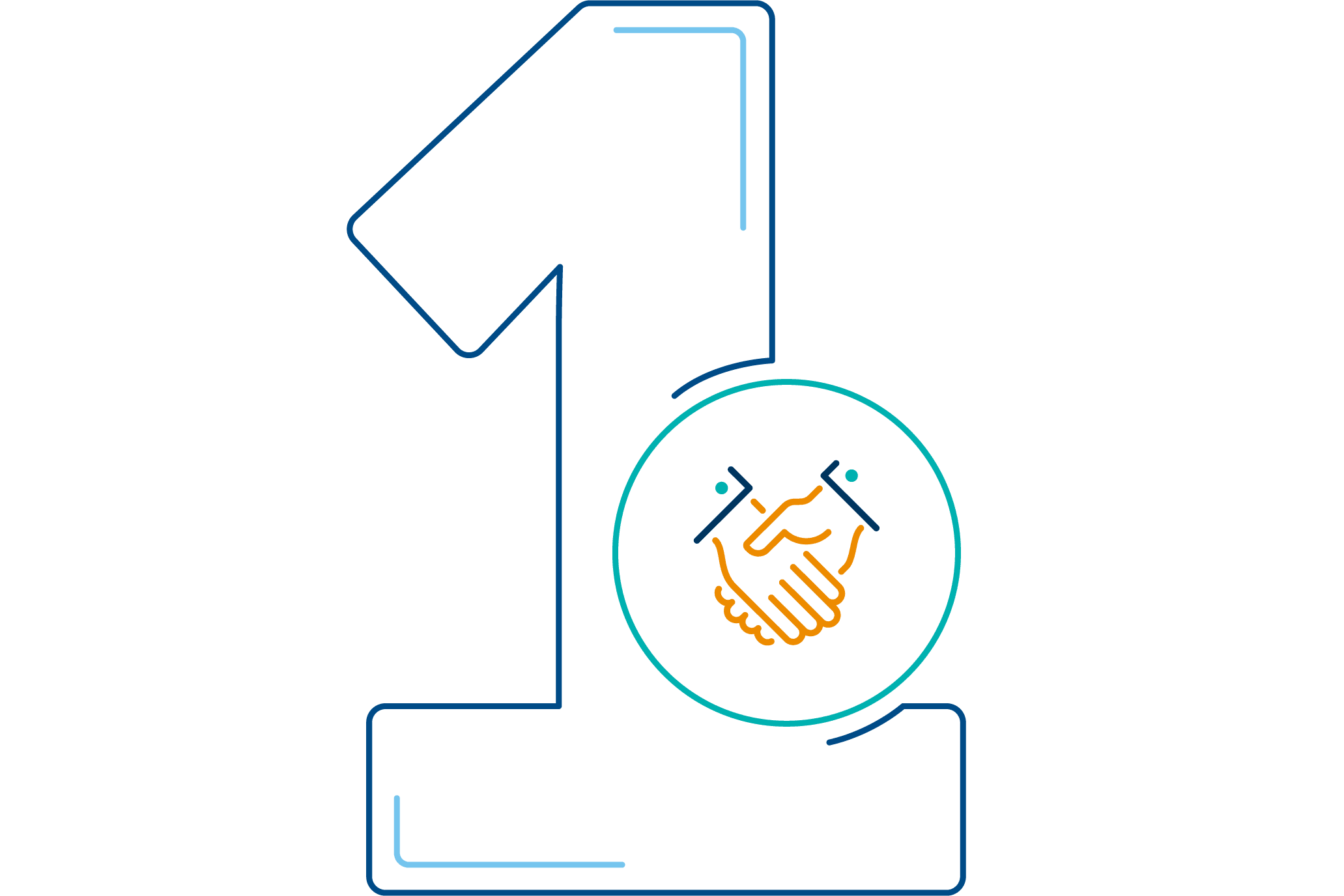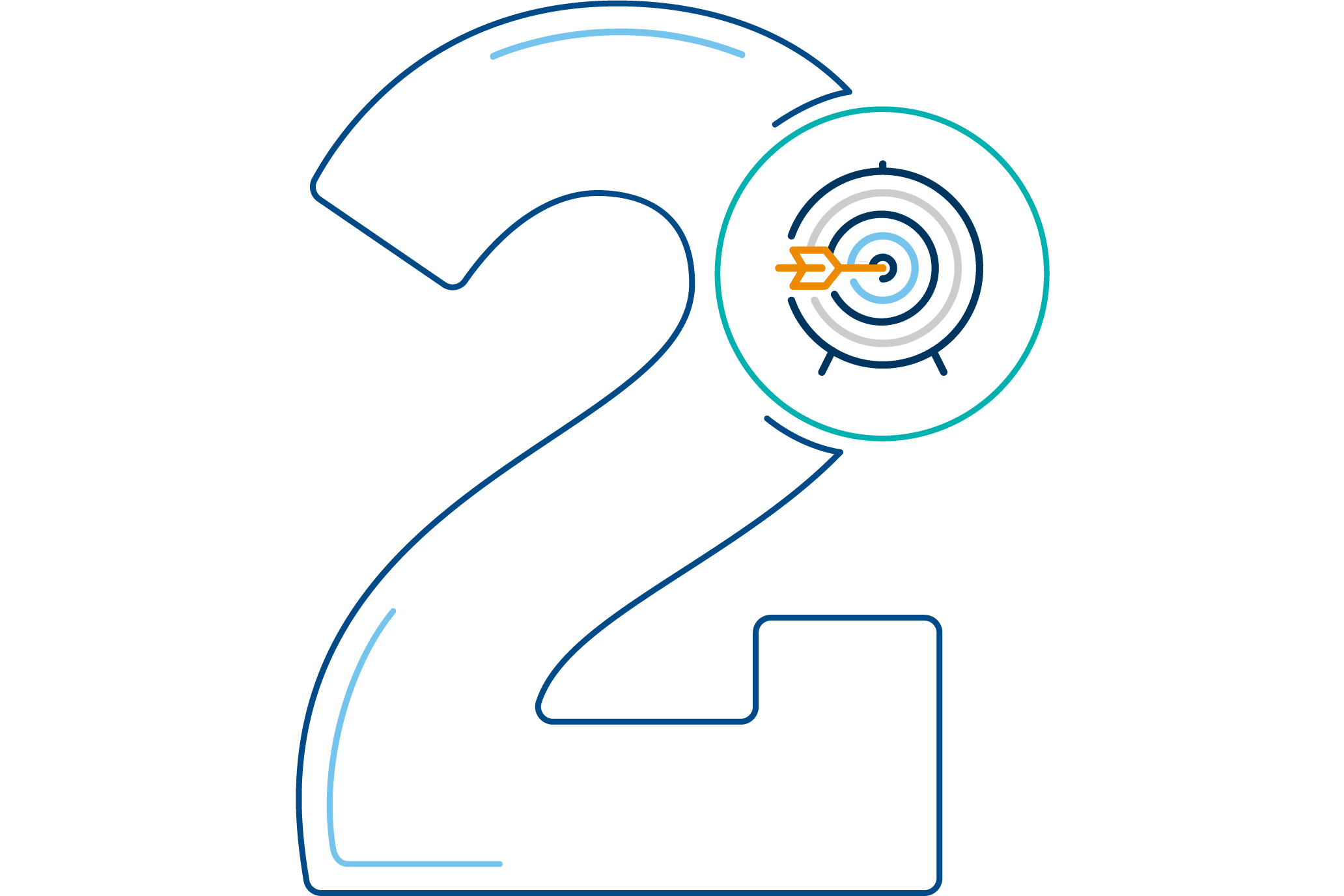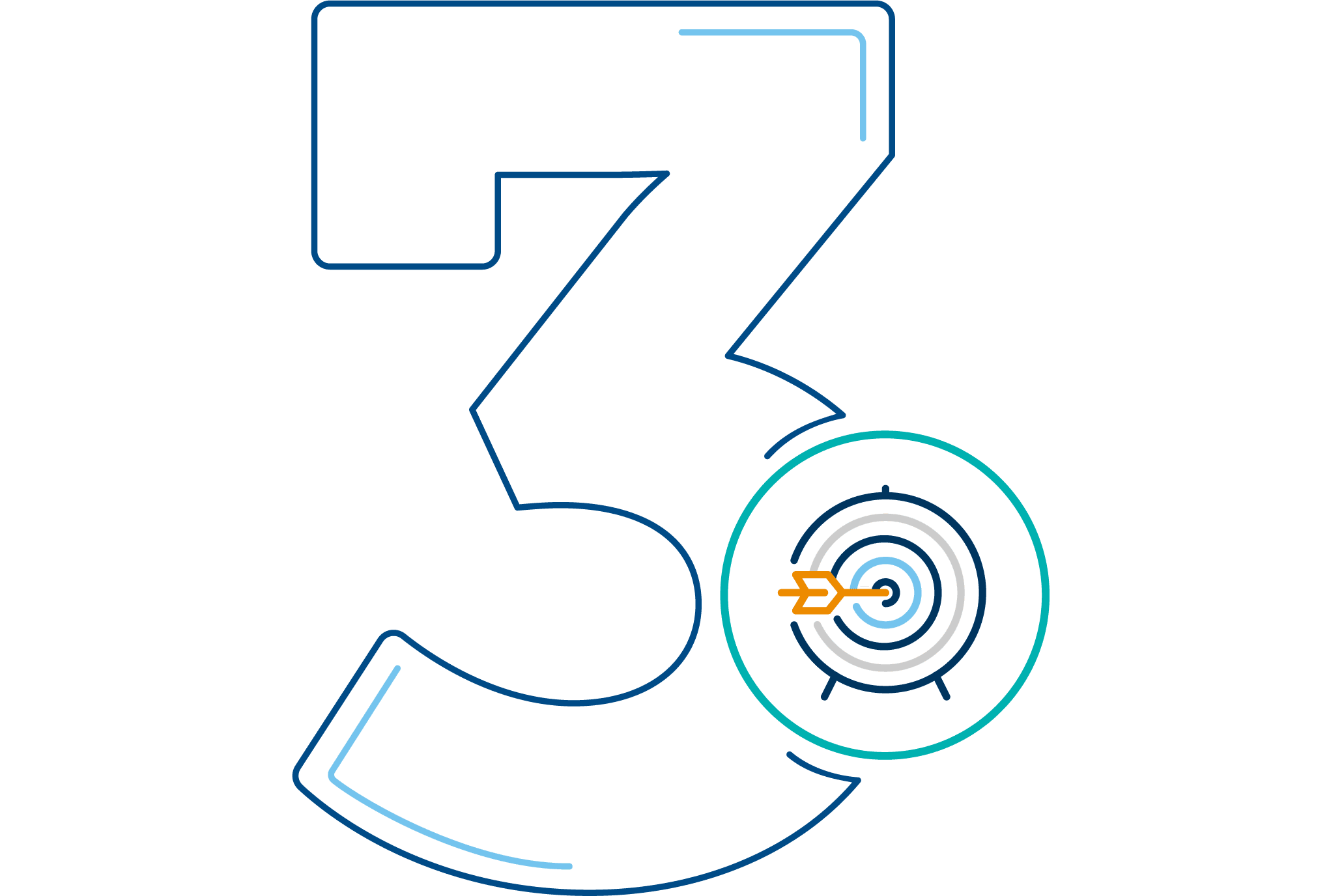Achieve Scale, Sustainability, and Impact in Principal Gifts
Growing concentration at the top of the wealth pyramid has made principal gifts more important than ever to colleges and universities. But principal gift operations built decades ago to cultivate a small number of donors were not designed to scale to the levels needed today, not to mention take advantage of the wide range of new opportunities for transformative philanthropy. New strategies are necessary to achieve scale and sustainability in principal gift fundraising.
In This Guide:
1. How to set up a campus-wide process to source big ideas
2. How to communicate the impact of principal gifts
3. Ways to staff principal gift operations to achieve sustainability and scale

How to set up a campus-wide process to source big ideas
Big, bold principal gift proposals that address societal or global issues are critical to attracting donors in an increasingly competitive philanthropic landscape. But identifying big ideas and scaling principal gifts is a struggle for advancement staff who must convince academic leaders with short-term departmental needs to think outside the box. It is critical that academic leaders, faculty members, and university leadership align around a formalized big ideas process.


Research Highlights
For a big ideas process to succeed, advancement and academic leaders need to cooperate and collaborate. Follow six critical steps to source the big ideas you need while building working relationships with academic leaders and faculty members.
6 steps to sustainably source big ideas
-
Get the right people to buy into the process
Engage academic leaders, faculty, and other stakeholders across campus in creating visionary ideas. -
Define what is (and what isn’t) a big idea
Create a list of criteria for big idea proposals. Explore This Step -
Create your RFP to solicit ideas from faculty
Brainstorm what other questions faculty should answer to explain their ideas and include them in the RFP. Explore This Step -
Promote big ideas on campus
Consider creating a website to promote the big ideas process across campus. Explore This Step -
Choose the best ideas through a transparent process
Create a transparent scoring system which allows big ideas to be chosen while avoiding questions of bias and unfairness. Explore This Step -
Clarify outcomes and next steps
Ensure you follow up with every big ideas participant and share feedback with faculty members. Explore This Step
How to communicate the impact of principal gifts
As more nonprofits compete for principal gifts, colleges and universities find themselves under pressure to articulate why they are best positioned to address the global issues donors care about. It is imperative for advancement staff to help campus stakeholders effectively present information about the transformative potential of their projects and share impact data with donors in a compelling manner.

Communicate in donor investor terms
-
Tell stories
Help faculty frame projects in a more appealing light to donors with story-telling workshops.
Explore the Tool -
Communicate impact
Set expectations up front between donors and project leaders with impact reporting workshops. Explore This Step -
Be transparent
Give a detailed picture of how funds will be used with donor-friendly project budget templates.
“Donors everywhere are much more strategic and thoughtful about their giving. They want to see data and outcomes. They constantly ask ‘Can you show me the numbers?'”
Heidi McCrory, Vice President of Development
Furman College
Ways to staff principal gift operations to achieve sustainability and scale
Responsibility for managing relationships with principal gift prospects often falls to the busiest senior leaders on campus—Presidents, Deans, and CAOs among them. With the number of prospects being cultivated for principal gifts rising, this model is reaching its breaking point.
To realign principal gifts staffing to deliver high-touch donor experiences sustainably over the long term, best-practice institutions take two steps:
- Scale the CAO’s reach with strategy support positions
- Flip the talent pyramid by enfranchising new gift officers to cultivate the pipeline.

Research Highlights
To ensure that campus leaders, including the CAO, are spending the scarce fundraising time they have interacting directly with principal gift donors, best-practice institutions hire strategy managers to handle internal cultivation pre-work. This includes briefing campus partners, drafting communications, or formalizing stewardship plans.
To fully scale the institution’s principal gift reach, some colleges and universities go beyond senior leaders and ask less-tenured gift officers to lead outreach and cultivation. Early career principal gift discovery officers can devote their time and tenacity to build affinity with these cold principal gift prospects and move them quickly toward high-level giving.
Now that you've read the Donor Investor Imperative

This resource requires EAB partnership access to view.
Access the roadmap
Learn how you can get access to this resource as well as hands-on support from our experts through Advancement Advisory Services.
Learn More